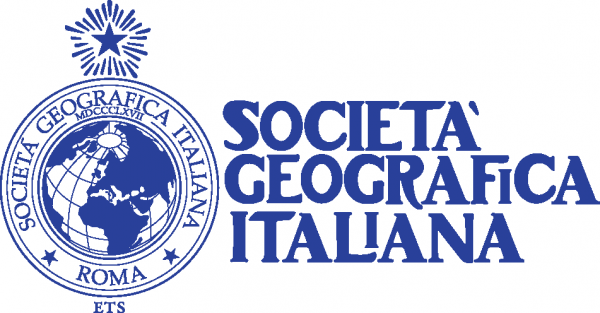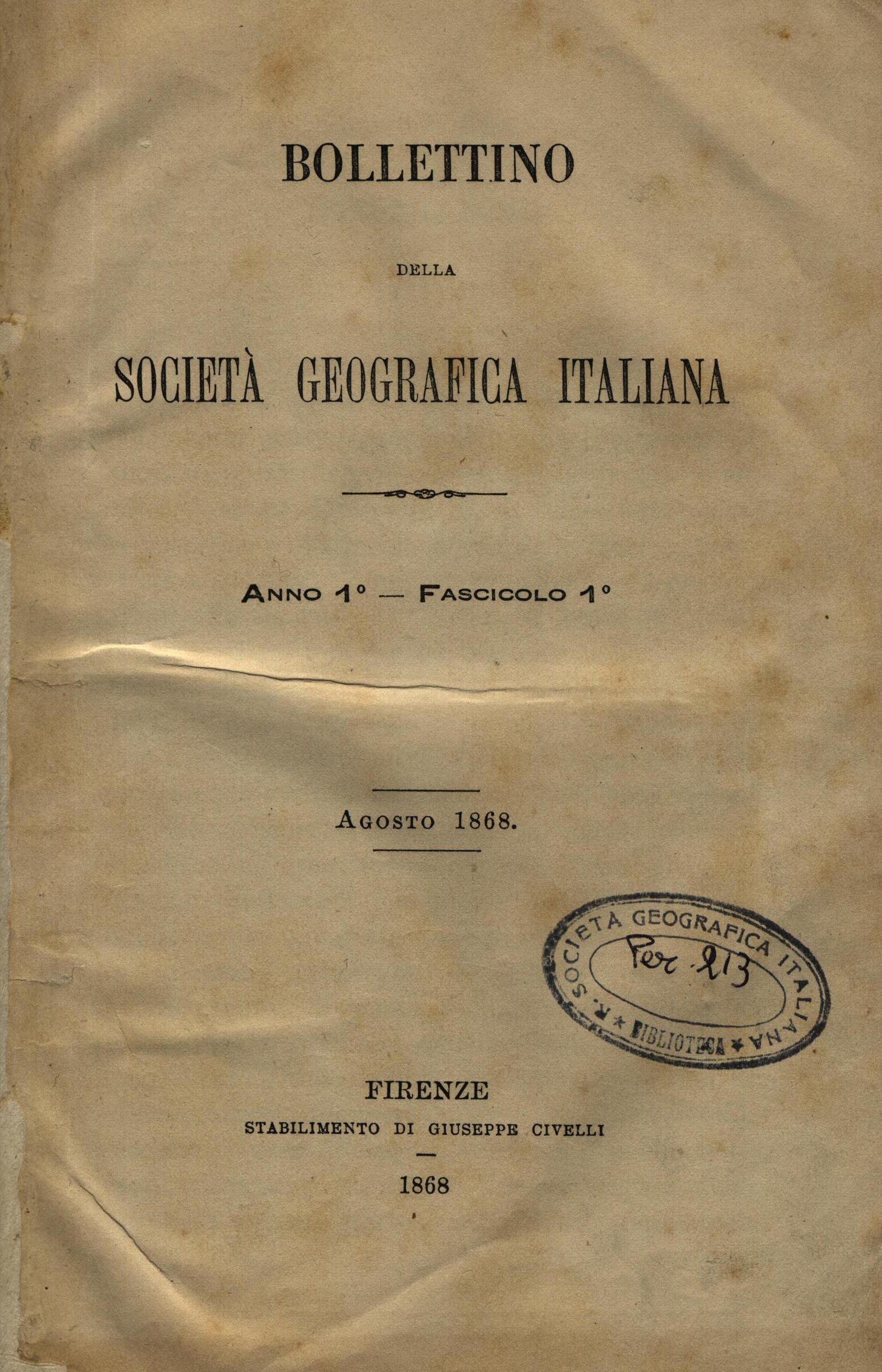PRODUCTION OF BOGOTAN PUBLIC SPACE, SOCIO-SPATIAL SEGREGATION IN THE PERIMETER-URBAN ZONE
DOI:
https://doi.org/10.13128/bsgi.v8i1.393Abstract
Bogotan space reflects the visions and interests of the different players constructing it. The main issue of this article deals with the construction of Bogotá’s peri-urban spaces, mainly in relation to the logic of socio-spatial segregation. The analysis is centered on specific cases of the Usme, Bosa and Suba locations.
Both the segregation spaces and the poor have been settling in Bogotá’s periphery, a tendency that is enhanced by socio-economic stratification, an instrument used mainly to charge differential rates for public utilities, which has become an internal segregation mechanism.
The general focus to deal with this issue is based on research about local initiatives as territorial development dynamics in Bogotá’s peri-urban zone. Within the project’s frame, three young researchers from the Geographic and Environmental Engineering Program, under the author’s tutoring, developed their projects, from which some aspects are used for this article.
The methodology used is qualitative whereby fieldwork is an essential element. One of the key concepts refers to peri-urban zones of the large Latin American metropolises such a Bogotá, zones that are characterized by a territorial recomposing which, according to Davis (2007), is the outcome of the meeting between the rural and the urban, where a dense network of interactions joins the large urban nodes to their neighboring regions. In these zones large investments in public and private capital are made, but there are also actions taken by the inhabitants through collective vindications which are consolidated by the community organizing itself as groups.
Another important concept for this work is the socio-spatial segregation related to the concept of frontier. According to Lampis (2002) in Bogotá there are two frontiers: one has to do with the differentiated access to economic resources; that is, one portion of the population moves along the world-wise economy of abundance, whereas the other large portion is made up of the excluded ones, who can be found within informal economy. The second frontier is determined by the fear of those who inhabit luxurious homes and segregate themselves because of their fear of robbery, kidnapping, and extortion.









